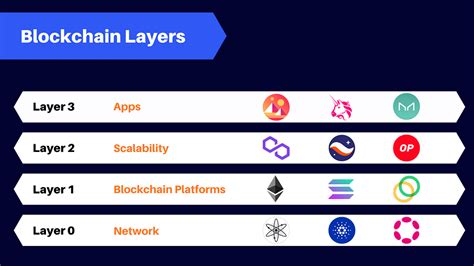Crypto Market Mayhem: Exploring the Dark Side of Layer 1 Solutions and the Rise of Rekt
In the cryptocurrency space, the term “crypto” is often associated with blockchain technology itself, particularly decentralized exchanges (DEXs) like Coinbase or Binance. However, in recent months, attention has been drawn to the darker side of this emerging industry: Layer 1 solutions and their vulnerabilities.
At its core, a Layer 1 solution is a building block of a blockchain network that enables faster, cheaper, and more secure transactions. These solutions aim to reduce the computational costs associated with verifying transactions on top of a Layer 2 solution (also known as an off-chain solution), thereby increasing the speed and availability of cryptocurrency payments.
In this context, Layer 1 solutions refer to the underlying infrastructure that supports these decentralized exchanges, wallets, and other applications that leverage blockchain technology. Examples of popular Layer 1 solutions include Ethereum (ETH), Solana (SOL), and Polygon (MATIC).
However, a growing concern among investors and enthusiasts is the potential security flaws in these Layer 1 solutions. In particular, issues with scalability, security, and smart contract governance have raised suspicions.
Kraken’s Role
Kraken, a leading US-based cryptocurrency exchange, has been in the spotlight for its support of Layer 1 solutions. In March 2022, Kraken announced that it had switched from Ethereum (ETH) as its primary Layer 1 solution to Solana (SOL), citing scalability concerns and high transaction fees associated with ETH.
While Kraken’s decision was widely seen as a positive step towards improving the user experience and lowering costs for traders and investors, some questioned the timing of the change. Analysts point out that Ethereum remains one of the largest and most widely used Layer 1 solutions on the market, offering significant benefits to users, merchants, and businesses.
The Rise of Rect
In recent months, a disturbing pattern has emerged on social media platforms, particularly Twitter, where users have shared stories of cryptocurrency investors who have suffered losses due to hacking, phishing, or other forms of cyberattacks. These incidents are often referred to as “Rekts,” which means “Ripped.”
The term “Rekt” is a colloquialism that refers to the emotional and financial devastation caused by such attacks. In some cases, these Rekts can be devastating, leaving investors with significant losses or even bankruptcy.
The Ripple Effect

Kraken’s switch from Ethereum (ETH) to Solana (SOL) has raised concerns about the broader implications for Layer 1 solutions in the cryptocurrency space. As more users and merchants turn to Solana, there is a risk that other Layer 1 solutions will struggle to keep up with the growing demand.
Meanwhile, the growing popularity of DeFi (decentralized finance) protocols that leverage blockchain technology for lending, borrowing, and trading has further underscored the importance of Layer 1 solutions. As more applications are built on top of these protocols, the need for robust and scalable infrastructure will continue to grow.
Conclusion
In summary, while Layer 1 solutions are a key part of the cryptocurrency ecosystem, their vulnerabilities cannot be ignored. Kraken’s switch from Ethereum (ETH) to Solana (SOL), as well as the growing popularity of DeFi protocols, have raised concerns about the scalability, security, and governance of smart contracts.
As investors, enthusiasts, and users continue to navigate this rapidly evolving space, it is important to remain vigilant and informed. By understanding the strengths and weaknesses of Layer 1 solutions and their impact on the broader cryptocurrency ecosystem, we can better navigate the complex environment of the future.
